
Seamless teaching and learning through GitHub Classroom and Visual Studio Code
This GitHub Classroom extension for Visual Studio Code provides a simplified introduction to Git, GitHub Classroom, and Visual Studio Code.
Explore the latest blogs from GitHub on all things software development from the newest capabilities on the GitHub platform to research and insights—and guides to help you level up your engineering skills.

This GitHub Classroom extension for Visual Studio Code provides a simplified introduction to Git, GitHub Classroom, and Visual Studio Code.

Over the past months, we’ve left our macOS model behind and moved to Codespaces for the majority of GitHub.com development.

The GitHub Campus Expert applications are officially open for the August 2021 generation!
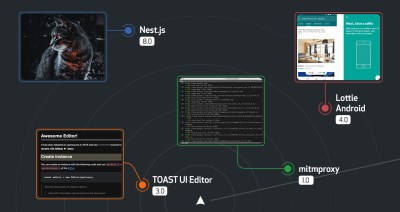
It’s been a busy time of the year for our Hubbers (GitHub employees). We’ve been shipping products, getting ready for launches, and taking some much needed time off for the…

In July, GitHub experienced no incidents resulting in service downtime to our core services.

Today, we’re happy to announce more than 15 new integrations with open source security tools that broaden our language coverage to include PHP, Swift, Kotlin, Ruby, and more.

GitHub’s Developer Defense Fund will enable independent legal support from the Stanford Juelsgaard Clinic to review and handle appropriate DMCA cases for developers on GitHub and across the software ecosystem.

When you move from 1 maintainer to 1+N maintainers of your project, things can get complicated. Minimum Viable Governance (MVG) is a simple, easy-to-implement governance framework for your free and open source projects.

GitHub’s supply chain security features are now available for Go modules, which will help the Go community discover, report, and prevent security vulnerabilities.

The GitHub Education Stream Team is adding new shows. Job-hunting graduate? New to coding? No matter where you are, there’s a show for you.

This month, we have some exciting updates to share. A lot of you have welcomed the improvements to your ability to sync a forked repo with upstream from the web…

At GitHub, we recently added a new feature to Rails that will be available in 7.0: support for handling associations across database clusters.

In June, we experienced no incidents resulting in service downtime to our core services.
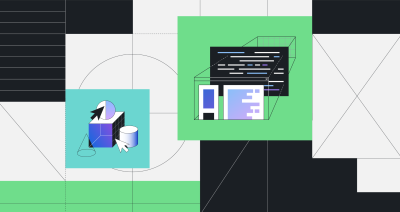
GitHub Copilot: Parrot or Crow? A first look at rote learning in GitHub Copilot suggestions.
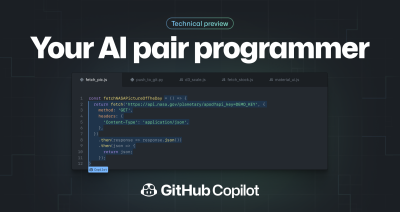
Today, we’re launching a technical preview of GitHub Copilot, a new AI pair programmer that helps you write better code.

GitHub’s bug bounty program is now a mature component of how we improve product security. We’re excited to highlight some achievements (and interesting vulnerabilities)!

We’re excited to announce the newest addition to the Student Developer Pack, the GitHub Virtual Event Kit! Access the best virtual event tools in one place at no cost.
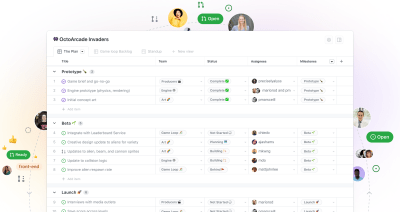
Announcing new beta features for GitHub Issues for better planning and tracking of your projects in GitHub, including project tables, task lists, and issue forms.
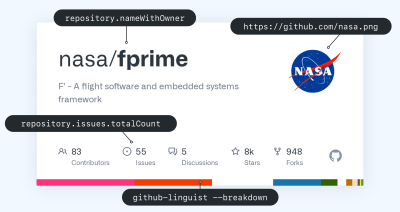
We recently set about creating a framework and service for automatically generating social sharing images for repositories and other resources on GitHub.

Throughout the beta, we added features to improve the experience of using the Container registry. Today, we’re excited to announce that the Container registry is generally available as part of GitHub Packages!

The latest version of GitHub Desktop allows you to squash commits, squash and merge, reorder, amend your last commit, check out a branch from a previous commit, and more.
Build what’s next on GitHub, the place for anyone from anywhere to build anything.
Last chance: Save $700 on your IRL pass to Universe and join us on Oct. 28-29 in San Francisco.